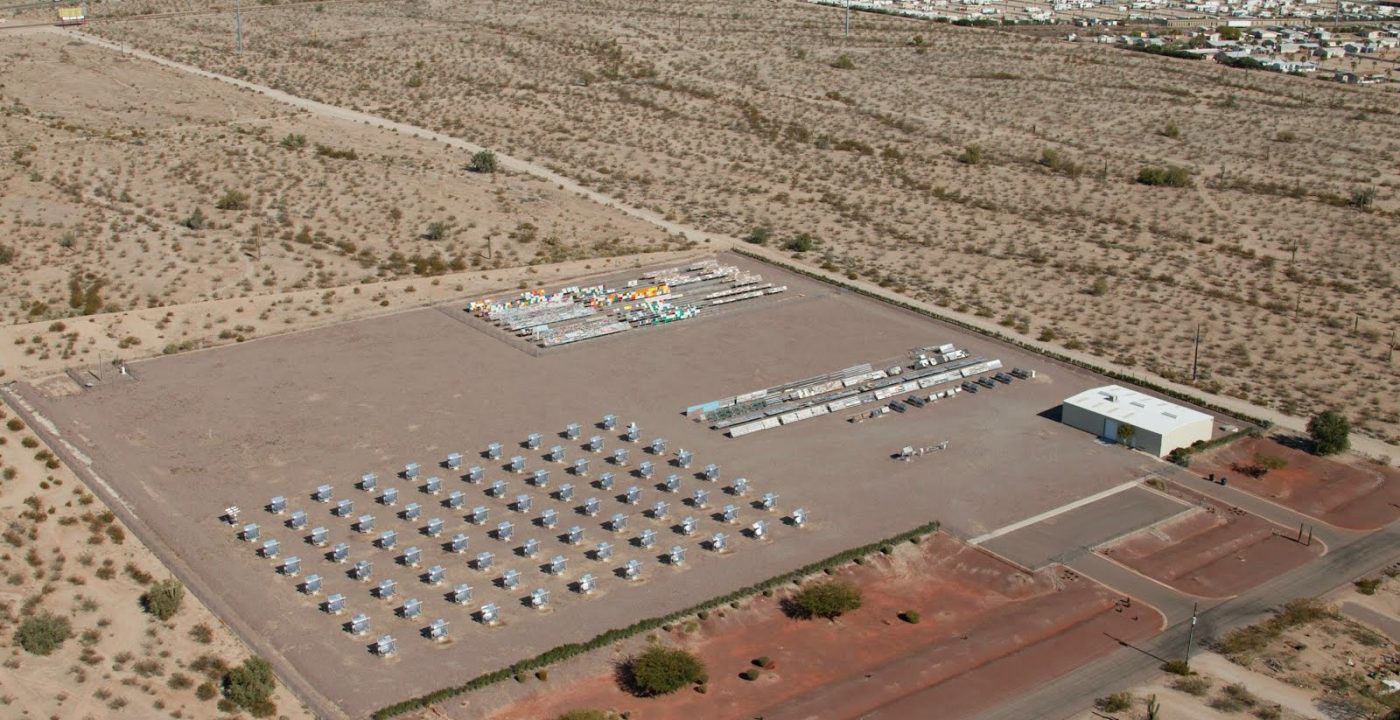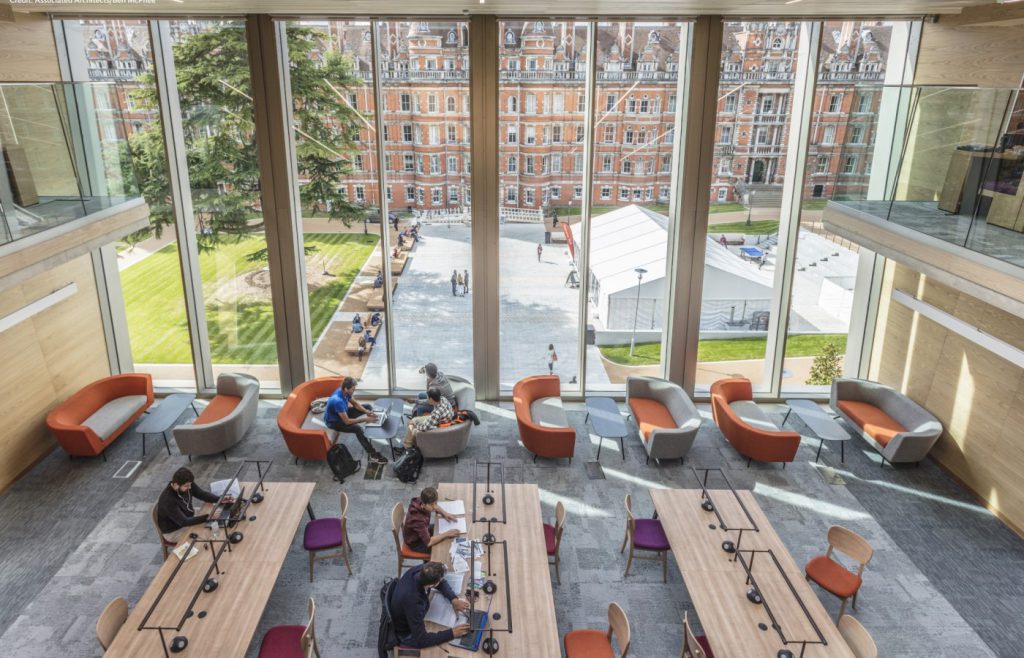Stand up to weathering deterioration
Don’t let weathering drag you down
Q-Lab Arizona’s 120,000 m2 outdoor weathering site.www.q-lab.com
It is well known that some fire safety glass can deteriorate over time – especially when they are installed on the external envelope of a building – due to exposure to heat and/or UV radiation. Here, Richard Ainsworth, Group Technical Director at Pyroguard explains the factors to take into consideration when choosing a fire safety glass, in order to construct safe and beautiful buildings that are capable of standing the test of time.

When choosing and installing fire safety glass, all project parties will understandably want reassurance that the glazing system will continue delivering both high levels of fire protection and aesthetic value, throughout the lifetime of the building. Sadly, however, weathering, such as from UV light or heat, can compromise the glass’s striking architectural appearance in as little as a few years.
It is, in fact, a common problem, experienced throughout the fenestration industry. Reports and observations of fire safety glass gradually yellowing, the formation of micro-bubbles within fire door vision panels or the development of haziness or a milky-blue hue through installed glazed units are all familiar occurrences. While the glass itself is not affected, the fire-resistant inter-layer between the individual glass panels can – depending on its chemical composition – react and be affected by continuous exposure to UV light or heat.
Understandably, as well as such visible changes causing understandable concern around a system’s fire safety performance – despite assurances that this will remain unaffected – it can also impact negatively on the visual appearance of the glass, and indeed the building as a whole. Nor is this occurring problem limited to external glazing, such as windows and curtain walling, only. Glazed units in bright, naturally lit spaces, such as within a building’s atrium, can also deteriorate due to weathering.
So, how can you ensure a fire safety glass is installed that will maintain its aesthetic performance for many years to come?
According to the regulations, fire glass products should be tested to the relevant International Standards for weathering: ISO 12543-4:2011. This is a means of accelerated testing, where fire glass samples are placed into chambers within a controlled laboratory environment and subjected to varying degrees of heat, humidity and UV light for a set period of time. To be more specific, accelerated ageing tests include a high-temperature oven at 100°C for 1200 minutes, a climate chamber at 100% relative humidity for a period of 2 weeks and finally a radiation test, usually formed of a wall of UV lightbulbs for 2000 hours.
However, in many respects these tests are not a true indication of a fire safety glass’s performance. While it will tell you if the product passes or fails in terms of weathering, it does not tell the full story. It also does not demonstrate how the product will perform in real-world environmental conditions, for a laboratory can never precisely simulate reactions to real, outdoor settings and its inherent climatic changes.
Perhaps the next step, therefore, is to look at real-world weathering test results. More commonly associated with coating or painting manufacturers, where there is the need to test and examine how a colour or gloss reacts in the sunlight, there are few instances of it being used within the glazing industry. Pyroguard is one example of a fire safety glass manufacturer that has subjected its products to such test conditions.
As the name suggests, real-world weathering involves samples being placed on testing sites around the world, exposing them to the radiant energy present in sunlight, as well as heat and water in its various states – predominantly as humidity, dew and rain. There are global benchmark locations for outdoor weathering, with Florida and Arizona being renowned destinations due to their climate’s high-intensity sunlight and reliable temperatures all year round.
In fact, Pyroguard has recently completed a 12-month study of its range of toughened fire-safety glass products in the Arizonian desert, where the UV radiation exposure over this period was >8,000MJ/m2 and the air temperature reached as high as 46°C during the summer months. Despite this extreme environment, no discoloration, haze, bubbles or development of a milky-blue hue was detected on any of the fire safety glass samples – a testament to the manufacturer’s technical expertise.
It is perhaps no surprise that a product’s associated test results then also translate into its warranty, providing fabricators and installers with assured levels of performance. Sadly, it can be common for manufacturers of fire glass to specifically exclude deterioration due to weathering from their warranties, making it imperative that you first study a manufacturer’s warranty and understand exactly what is covered, as well as any potential constraints or restrictions, before proceeding.
When talking about product testing within the fire safety glass industry, attention is often, and rightly so, placed on the fire testing. However, one key priority of fire glass is for these levels of fire safety to be achieved without compromising on the overall architectural design. If this ambition and vision is to be realised, it is important for architects, contractors and fabricators to also look into what weathering testing a product or system has undergone and understand how this then translates into the expected long-term performance.

